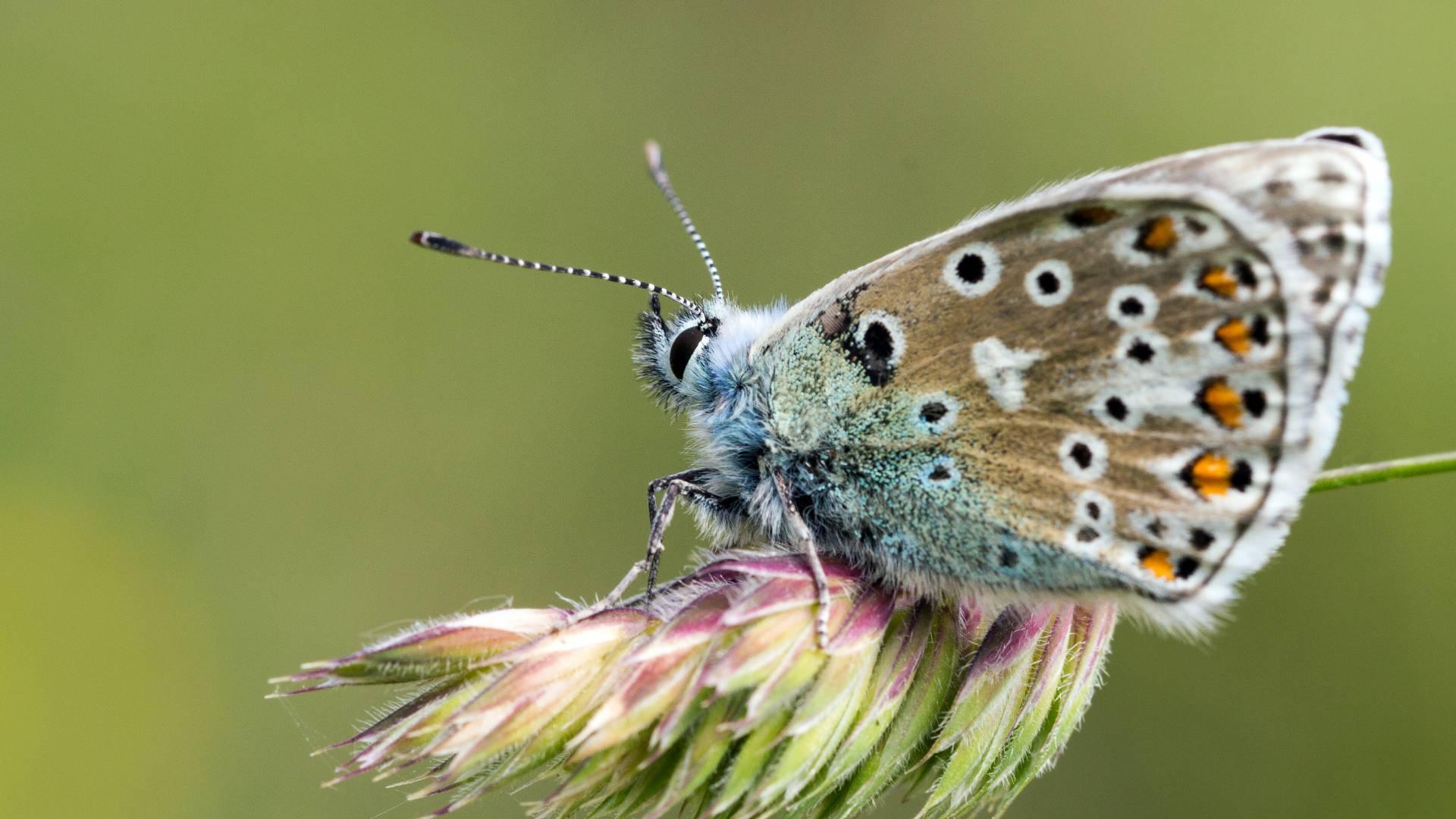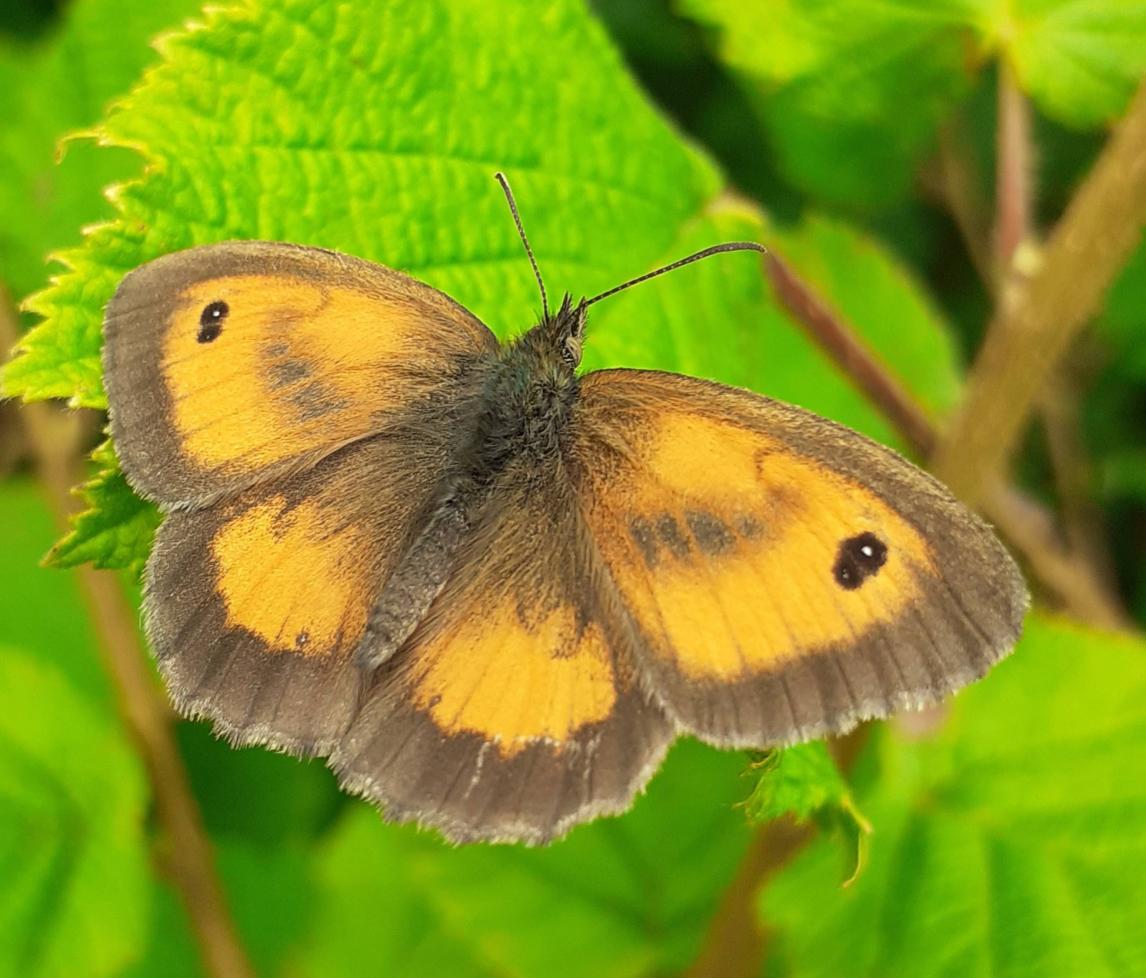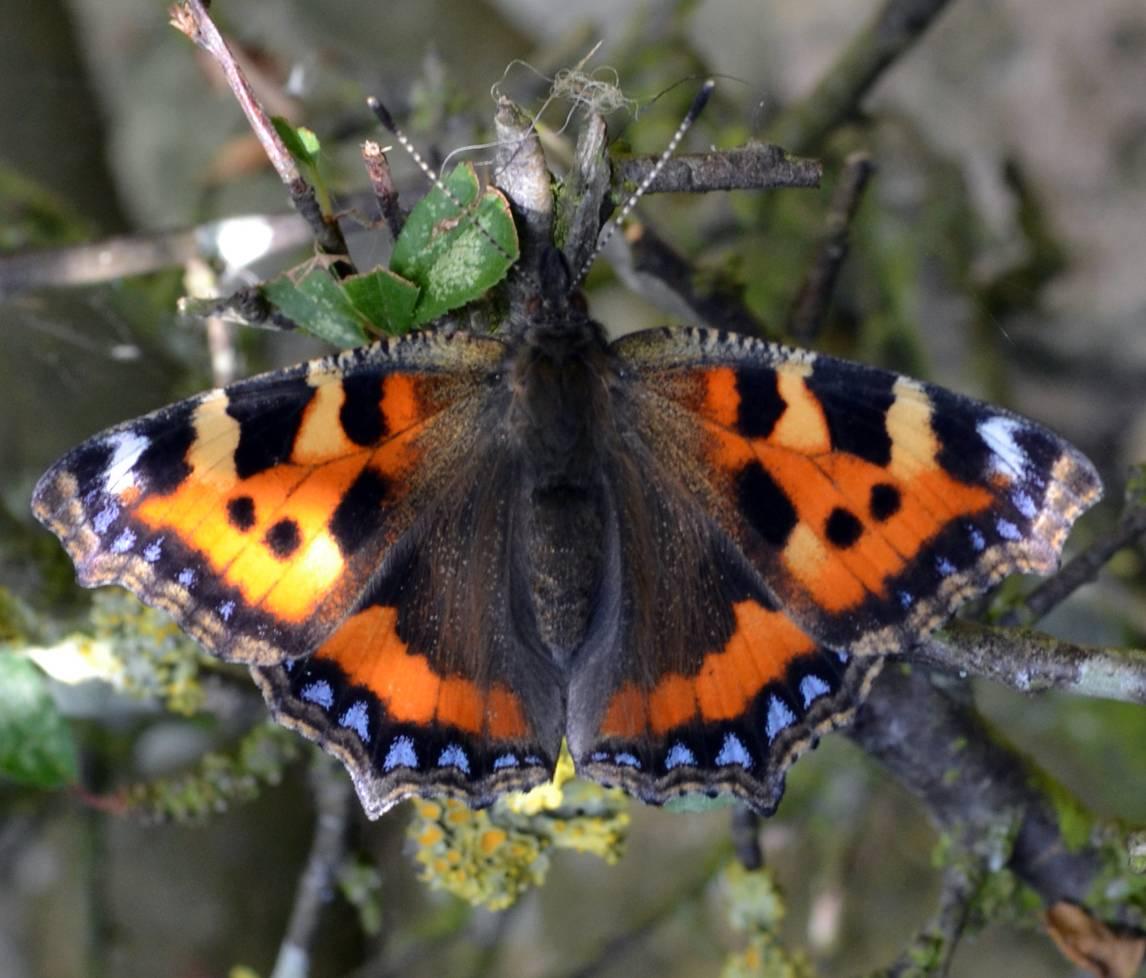Science challenge
Butterflies are uniquely placed amongst British terrestrial insect and other invertebrate groups to act as indicators of the state of the environment, allowing us to assess the impacts of climate change and the progress of government policy initiatives to conserve biodiversity. Long-term monitoring is necessary to provide the scientific underpinning for solutions to butterfly conservation issues arising from habitat and climate change, to inform government policies addressing environmental issues and to raise public awareness of butterflies and wider environmental issues.
Project summary
The United Kingdom Butterfly Monitoring Scheme (UKBMS) was formed by a merger of the long-running Butterfly Monitoring Scheme (BMS, established by UKCEH in 1976) with Butterfly Conservation's co-ordination of 'independent' transects (established in 1998). The UKBMS was launched in 2006.
Annual data on the population status of butterflies is derived from a wide-scale programme of site-based monitoring and sampling in randomly selected 1km squares. The sampling framework comprises:
- Weekly butterfly transects (Pollard walks)
- Reduced effort surveys of habitat specialist species (including timed counts of adults, single species transects, and egg and larval counts)
- The Wider Countryside Butterfly Survey (WCBS).
The resulting UKBMS dataset is one of the most important resources for understanding changes in insect populations and answering policy questions relating to status and trends in biodiversity.
The UKBMS is run by the UK Centre for Ecology & Hydrology, Butterfly Conservation, and the British Trust for Ornithology, in partnership with the Joint Nature Conservation Committee (JNCC), and supported and steered by Forestry Commission (FC), Natural England (NE), Natural Resources Wales (NRW), Northern Ireland Environment Agency (NIEA), and NatureScot (NS).


